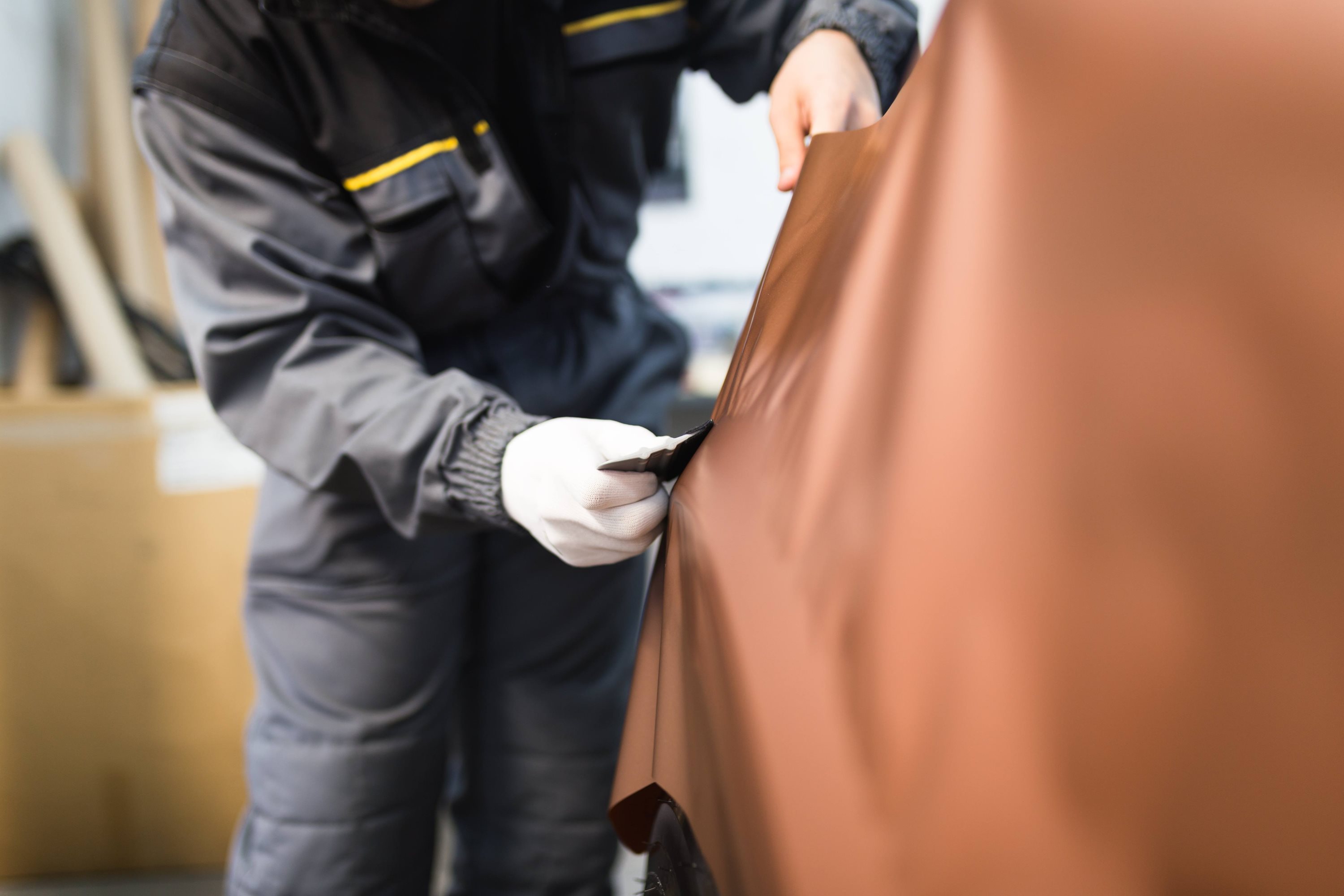Quality control in Textile Screen Printing
There are a number of common problems that trip up the screen printer but catching these can reduce spoilt jobs and improve profit margins.
The basic concept behind screen printing is fairly simple – an image is reproduced as a separate stencil for each of the component colours and imposed on a mesh screen so that ink can move through the screen to reproduce the image on a substrate. There’s some variation between linear and rotary presses and in substrates from garments to metals but the basic process remains the same.
Technical note: The squeegee blade is put in contact the under part of the screen fabric with the substrate and the ink transfers itself through absorption and capilliary action. The thickness of the ink deposit is controlled by the thickness of the flood and by the numbers and size of thread of the screen fabric.
Regardless of application, there’s a tremendous choice of different systems ranging from cheaper manual machines right through to semi-automated models but in general screen printing is quite a skilful business so inevitably mistakes will crop up. Problems can lead to spoilt jobs and wasted substrates, which will take time to fix, making individual jobs and the overall business less profitable.
Inevitably the first step is to ensure that staff are trained properly, that they know how to use the equipment properly and understand each step in the process thoroughly. One of the biggest problems affecting screen printing is poor technique, with some operators pushing the squeegee at such a sharp angle that it fails to adequately encourage all the ink through the screen mesh.
As a general rule, you should aim for a consistent 75º angle – too high an angle and the ink will pile up on the squeegee blade while too low an angle will lead to ink spillage.
Technical note: Flattening the angle, you increase the surface of contact, thus creating a higher transfer of ink but loose sharpness (edge definition) of the ink deposit.
It’s important to use the right screen mesh for the job in hand and to ensure that you have the full range of screen meshes that you are likely to need. There’s a wide range of different meshes available but screen printers often try to get away with just a small set.
Thus high mesh 200+ screen meshes are suitable for halftones and fine lines while 110 screen meshes are for thicker deposits and speciality finishes.
Technical note: These numbers relate to threads per inch: 110 and 200, and apart from the United States and the UK, most of the world speaks in metric, it would be 78 threads per cm or 43 threads per cm screen mesh.
It’s equally important to know the characteristics of each screen as using high mesh screens will result in less ink being laid down and therefore less drying time than when laying down a thick layer of ink.
It’s also important to master the use of halftones, which will require higher mesh screens. Used properly, halftones will lead to better quality results, which can lead to more work or justify higher prices. Halftones can also help reduce time and costs by being able to blend different shades of the same colour rather than having to use additional colours. But halftones are also more complex as the interaction between the different colours needs to be fairly consistent.
Another typical problem is simply poor maintenance. It’s important to keep everything clean as old ink can harden and clog up the screens. A dirty work area makes it more likely that you’ll inadvertently smudge ink in the wrong place and spoil otherwise pristine jobs The best advice is to keep yourself and your work area as clean as possible.
The mesh itself also has to be kept in a healthy state, properly tensioned and without any holes. It goes without saying that screen meshes should be kept clean to ensure the best results. It’s a good idea to regularly inspect the screen mesh and to replace damaged ones.
Another common cause of issues is from the tensioning in the screens. It’s particularly important to be able to keep the screen mesh tensioned when working with higher mesh screens and halftones.
When screens work themselves loose this can lead to problems aligning the different screens resulting in blurry images. Sometimes this is because the machine is simply not up to the job, or parts have worn and need replacing. The best machines should allow for micro adjustments to ensure that everything is properly aligned.
A common problem with plastisol-based inks is from failing to mix the inks properly, which is essential to reduce blotting and achieve the right consistency. Very few inks are genuinely ready for use with the full range of different meshes straight out of the tub. High mesh screens will need a thinner ink that flows smoothly, which in turn will transfer more ink to the job and leave less cleaning up.
With water-based inks you have to ensure that you have the right amount of ink. Too little ink can result in patchy areas but having too much ink on the screen could lead to spotty areas, though this can usually be fixed by raising the angle of the squeegee to push more ink through.
Loading the screen mesh the wrong way up produces a reversed image. If there’s a double outline then this usually means that the frame has moved between placing it down and printing. However, fuzzy outlines could indicate dirt on the screen mesh, such as from dried ink or even dust.
This can usually be peeled off when the ink has dried. But it could also indicate that ink has bled under the stencil, which is usually caused by laying down too much ink or the ink itself being too thin and runny. In some cases the ink might bleed under the screen, which generally means that the ink is probably too thin (not viscous enough).
Of course, it’s impossible to eliminate every single error. Ultimately, most problems can be eliminated through better process control, which may be as simple as making sure that staff are trained properly. In some cases it may be necessary to invest in improving equipment but it naturally follows that less mistakes will lead to lower costs, thereby improving the bottom line.
Topics
Interested in joining our community?
Enquire today about joining your local FESPA Association or FESPA Direct
Recent news

Driving Ecommerce growth in the Promotional Print Sector with Swag.com
Jeremy Parker, former CEO of swag.com and founder of SwagSpace, shares his entrepreneurial journey and the evolution of the promotional marketplace.
.jpg?width=550)
Antalis to showcase high performance colours and printable vinyl for vehicles at WrapFest 2024
Antalis will showcase its range of vinyls for vehicle wrapping and its growing range of interior films for architectural and window applications at WrapFest 2024 which will take place from October 3rd to 4th at Silverstone Circuit, home to the British Grand Prix.

How to have full control over colour management to deliver better images and low ink costs
Nessan Cleary shares the important factors that contribute to good colour management which includes having efficient process control and the importance of ensuring all staff follow good working practices.

How can printers enter the short run label print market?
Sonja Angerer discusses the rise of short run label printing. The sector is estimated to reach 47 billion USD worldwide in 2024 and increase to 67 billion USD worldwide by 2028. Sonja shares how printers can enter this market and the opportunities for them.